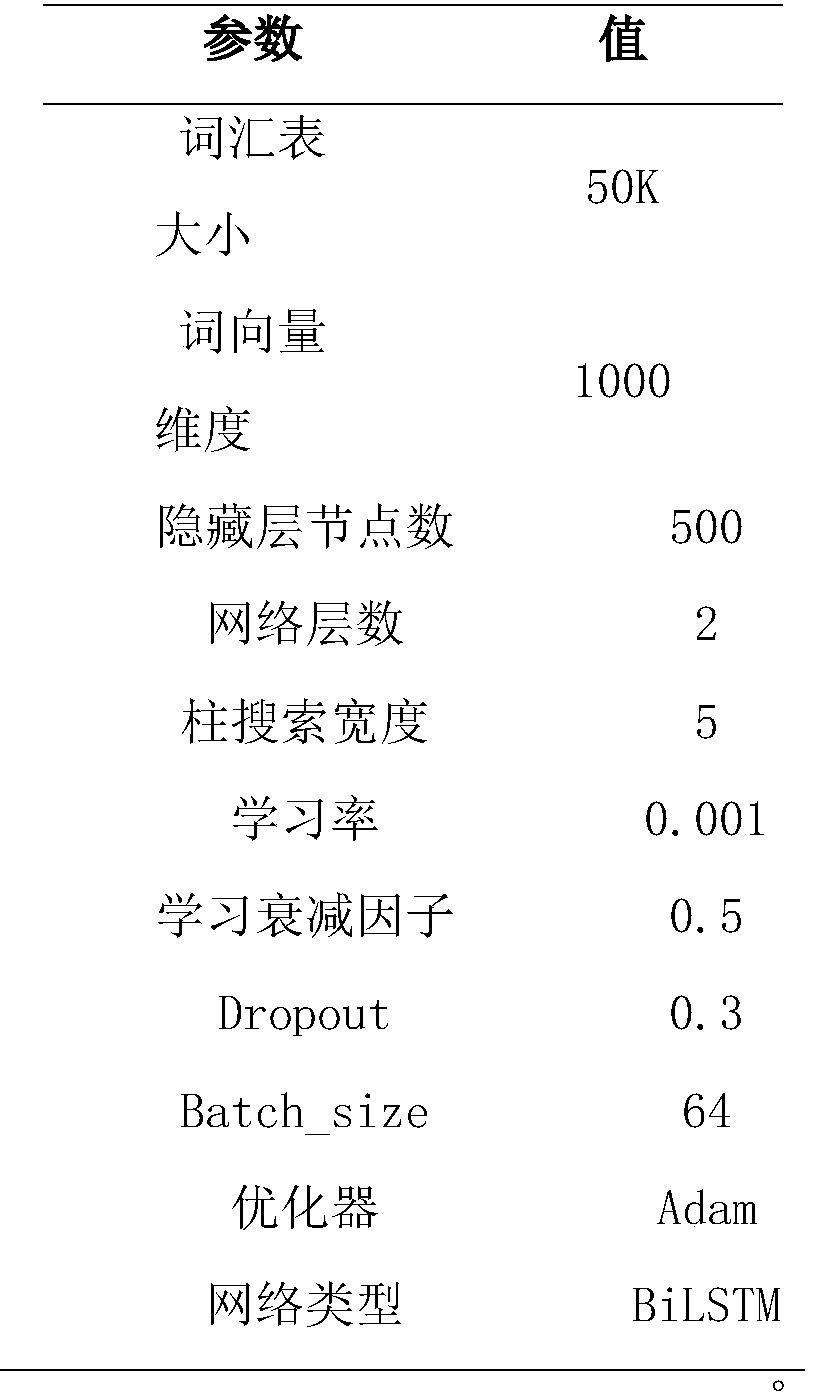An ancient Chinese automatic translation method based on multi-feature fusion
A multi-feature fusion, automatic translation technology, applied in natural language translation, special data processing applications, instruments, etc., can solve problems affecting translation quality, and achieve the effect of improving translation performance, model performance, and sentence alignment accuracy.
- Summary
- Abstract
- Description
- Claims
- Application Information
AI Technical Summary
Problems solved by technology
Method used
Image
Examples
Embodiment
[0054] The original text in classical Chinese: And if you don’t return for ten days from hunting, how can you bear the relationship between China and foreign countries?
[0055] Modern translation: And go hunting and hunting for ten days without returning, how can the people inside and outside the court bear it?
[0056] Use the open source Chinese word segmentation tool Jieba for word segmentation, and use the classical Chinese vocabulary to initialize the user dictionary. The word segmentation results are as follows:
[0057] And | hunting | ten days | not returning |, | Chinese and foreign | love | how worthy |?
[0058] Combined with the LDA topic model, according to the word-topic conditional probability distribution generated by it, the corresponding topic sequence of the original word sequence in classical Chinese is obtained, as follows:
[0059] And / 23|safari / 25|ten days / 10|no return / 11|, / 26|Chinese and foreign / 25|feelings / 19|why / 39|? / twenty four
[0060] Take "...
PUM
 Login to View More
Login to View More Abstract
Description
Claims
Application Information
 Login to View More
Login to View More - R&D Engineer
- R&D Manager
- IP Professional
- Industry Leading Data Capabilities
- Powerful AI technology
- Patent DNA Extraction
Browse by: Latest US Patents, China's latest patents, Technical Efficacy Thesaurus, Application Domain, Technology Topic, Popular Technical Reports.
© 2024 PatSnap. All rights reserved.Legal|Privacy policy|Modern Slavery Act Transparency Statement|Sitemap|About US| Contact US: help@patsnap.com










